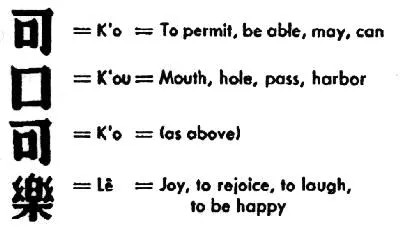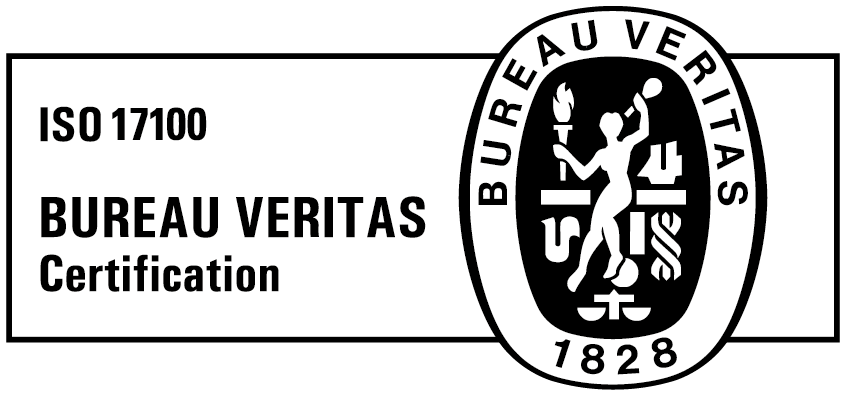I’m sure many of you know of Coca-Cola’s translation blunder story? Anyway, if you don’t, here it is.
In 1928, when Coca-Cola first entered the Chinese market, they had their first phonetic translation made in Mandarin. (This could be fun, right?)
The initial task was to find 4 Chinese characters which sound as close to “ko-ka-ko-la” as humanly possible. In the meantime, Chinese retailers and restaurant owners already put their signs on, using characters that formed the “ko-ka-ko-la” pronunciation. And therein, as the Bard would say, lay the rub.
Long story short, the outcome was pretty hilarious to the great dismay of Coke execs. Some of the translations read: “female horse fastened with wax,” “wax-flattened mare,” or “bite the wax tadpole” due to the character for wax, pronounced as “la,” that was being used in many of these signs.
This unfortunate turn of events for the beverage giant meant that they had to effectively rethink their translation strategy. Chinese symbols pronounced as “la” were suddenly a no-go because of all the imagery they were evoking. After a good few days of banging heads together, their finest minds finally settled on the following transliteration (watch image on the right).
Funnily enough, this literally translates to “to allow the mouth to be able to rejoice”. Nevertheless, it was deemed acceptable enough to represent the broader concept of “something palatable from which one receives pleasure.”

It’s no different with documents
Of course, there are many case studies on how subpar document translation services are bad for business, but let’s not focus on that. One example was more than enough to get the message across.

Since going global has practically become a “must” for every goal-oriented enterprise, it is no wonder that the need for translations has grown significantly.
There is a plethora of documents that businesses work with on a daily basis, with very pronounced differences in both importance and nature.
Imagine having one of the crucial sentences in one of your make-or-break documents translated badly. It doesn’t bear thinking about the severity of financial issues it could bring about. Well, that’s exactly what happened to Sharp Corporation some years ago. In a quarterly earnings report there was one especially unfortunate translation of one of the key paragraphs, and before you know it, it all went down like a house of cards. My apologies, I know I said no more examples, but sometimes I just can’t help myself I suppose:)…
How do (good) document translation services translate into good business results?
See what I did there? Let’s briefly touch on just how important translations have become.
According to research by Common Sense Advisory, Fortune 500 companies that increased their translation budget have experienced higher revenues.
OK, most of us aren’t members of the Fortune 500 club, but nonetheless this information is telling and valuable.
Let’s talk briefly about reasons why should any company seriously consider investing their budget in translations, particularly in good document translation services.

Conversion rates.
CSA research shows that 72.1% of consumers spend most or all of their time browsing websites in their own language, and 72.4% of consumers said that they’re more likely to buy a product if information about it is available in their native language.
Give your SEO a boost.
Offering a website in various languages encourages more people in different countries to use your website, so you’ll not only drive traffic but also generate more leads.
What about documents?

There are still plenty of language barriers in every industry. Having to work with a lot of different documents has become something of a challenge, especially for enterprises present in different markets.
These are often quite valuable and sensitive documents, and the last thing we want to do is take a risk with bad translations.
So, you are saying you need your annual report translated into 6 languages? Imagine that some of them convey a different message from the others. Or that one of them foresees a different future than the rest.
Or perhaps your company is introducing a new drilling tool and there’s an instruction manual that needs translating. Imagine the horror of having the “how to set up your drilling tool” chapter translated in such a misconceived way that it leads to some gruesome injury? We are having none of that!
And there are so many more documents on display every day. From manuals, presentations, marketing materials, websites, master’s theses and declarations to medical documents, transcripts and more.
Make sure you find a great translation partner
In order to avoid trouble and have your documents translated in the best possible way, you need to find a quality translation partner. Be it a language service provider or some other translation agency.
At Taia Translation, we always strive for the best quality possible that is delivered quickly and at a competitive price.
Our platform supports 64 file types, so I feel pretty confident when I say almost everyone’s needs will be met.
To top that off, our experienced and carefully hand-picked translators are doing their magic in 97 different languages. Your document will always be translated by the best-suited translator who is practically tailored to your needs to ensure that your original tone, style, and format are preserved.
We’re not all about manpower and brute force, though. What really makes it possible for us to offer our document translation services at such a high level is the unique blend of knowledge and technology that is finely interwoven in the fabric of our company DNA.

translations quicker than ever before!
read more interesting content like this.




